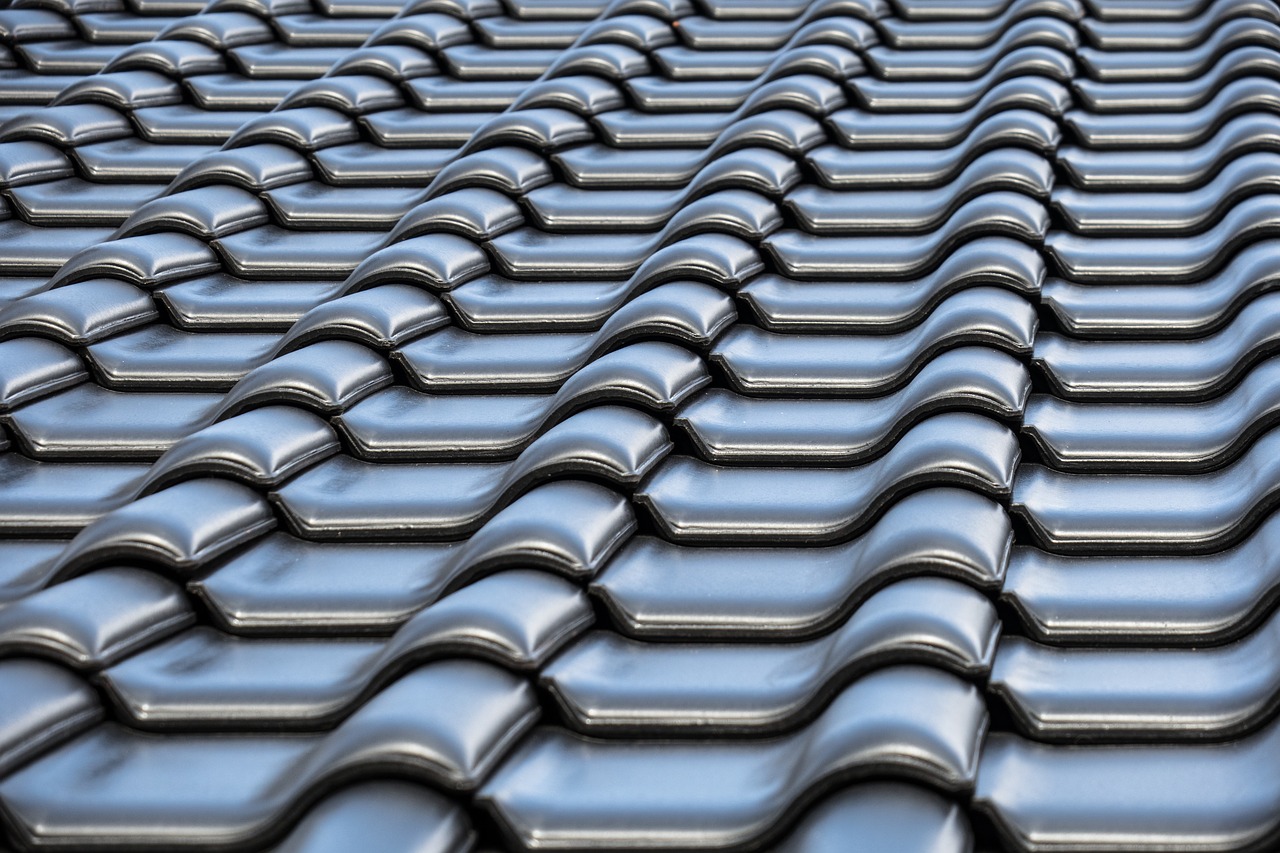
Industrial roof plumbing is a specialized field that demands expertise and precision. It plays an essential role in maintaining the integrity and functionality of commercial and industrial buildings. The unique challenges associated with large-scale roofing systems require a comprehensive understanding of modern plumbing techniques and materials.
From managing rainwater flow to preventing potential damages caused by harsh weather conditions, industrial roof plumbing is a cornerstone for any industrial building's infrastructure. This article delves into the critical aspects of this important discipline, offering insights into how it is executed effectively to ensure the longevity of industrial roofs.
Industrial Roof Plumbing in Canberra VIC
The Essentials of Industrial Roof Plumbing
Industrial roof plumbing differs significantly from residential or commercial plumbing due to the scale and complexity involved. Large roofs not only need to withstand harsh environmental conditions but also need an efficient system to manage water drainage efficiently. Proper drainage prevents water accumulation, which could otherwise lead to structural damage.
An essential aspect of industrial roof plumbing is the installation of gutters and downpipes that are designed to handle large volumes of water. These components must be perfectly aligned and constructed from durable materials to ensure longevity and performance.
Additionally, regular maintenance and inspections are critical. Over time, debris and weather conditions can impact the efficiency of drainage systems, so ongoing maintenance is necessary to avert costly repairs and maintain the system’s functionality.
The choice of materials in industrial roof plumbing is fundamental to the durability and effectiveness of the system. Metals such as steel and aluminum are often chosen for their strength and corrosion resistance. Plastics and composite materials may also be used for certain applications given their flexibility and cost-efficiency.
Moreover, the integration of modern technologies in material science has introduced coatings and treatments that enhance material longevity. These advances offer improved protection against rust and wear, ensuring that the plumbing system can withstand environmental elements over extended periods.
Choosing the right material is not just about immediate requirements but also involves considering long-term performance and maintenance needs. This forward-thinking approach is vital for ensuring the system's sustainability and cost-efficiency.
More Resources
Industrial roof plumbing installations require a meticulous approach, grounded in technical expertise and strategic planning. The first step involves a comprehensive assessment of the roof’s design and environmental factors affecting it. This assessment guides the installation process, ensuring that the plumbing system aligns perfectly with the roof's architecture.
Skilled professionals meticulously map out drainage pathways, accounting for factors such as roof slope and building orientation. These considerations ensure efficient water movement and prevent pooling, which can cause leaks or structural deterioration over time.
Furthermore, the installation process incorporates advanced equipment and techniques to achieve precision and reliability. This ensures not only seamless water flow but also minimizes potential disruptions to the building's operations during the installation phase.
Mastering Industrial Roof Plumbing Techniques
Maintenance and repair are integral to sustaining the functionality of industrial roof plumbing systems. Routine inspections help identify wear and potential blockages before they escalate into major issues. This proactive approach is crucial in preserving the infrastructure and preventing unexpected downtime or damage.
During maintenance, professionals check for signs of corrosion, damage from debris, or any discrepancies in water flow. Early detection of these issues allows for prompt repairs, thereby saving costs and extending the system's lifespan.
Advanced repair techniques, such as relining and patching, are employed to address specific areas without the need for entire system overhauls. These techniques ensure that repairs are economical and minimally invasive, preserving the overall integrity of the roofing system.
The future of industrial roof plumbing is being shaped by significant technological advances. Innovations in material technology and system design continue to optimize efficiency and durability. Smart systems equipped with sensors can now monitor drainage performance and provide real-time data on flow rates and blockages.
These technological enhancements enable predictive maintenance, where issues can be anticipated and rectified before they impact operations. This proactive stance not only saves costs but also boosts the resilience and reliability of the plumbing systems.
As industries continue to expand and evolve, the demand for innovative and sustainable solutions in roof plumbing grows. Embracing these advances ensures that industrial buildings remain safe, functional, and capable of adapting to future challenges.
Comments
Post a Comment